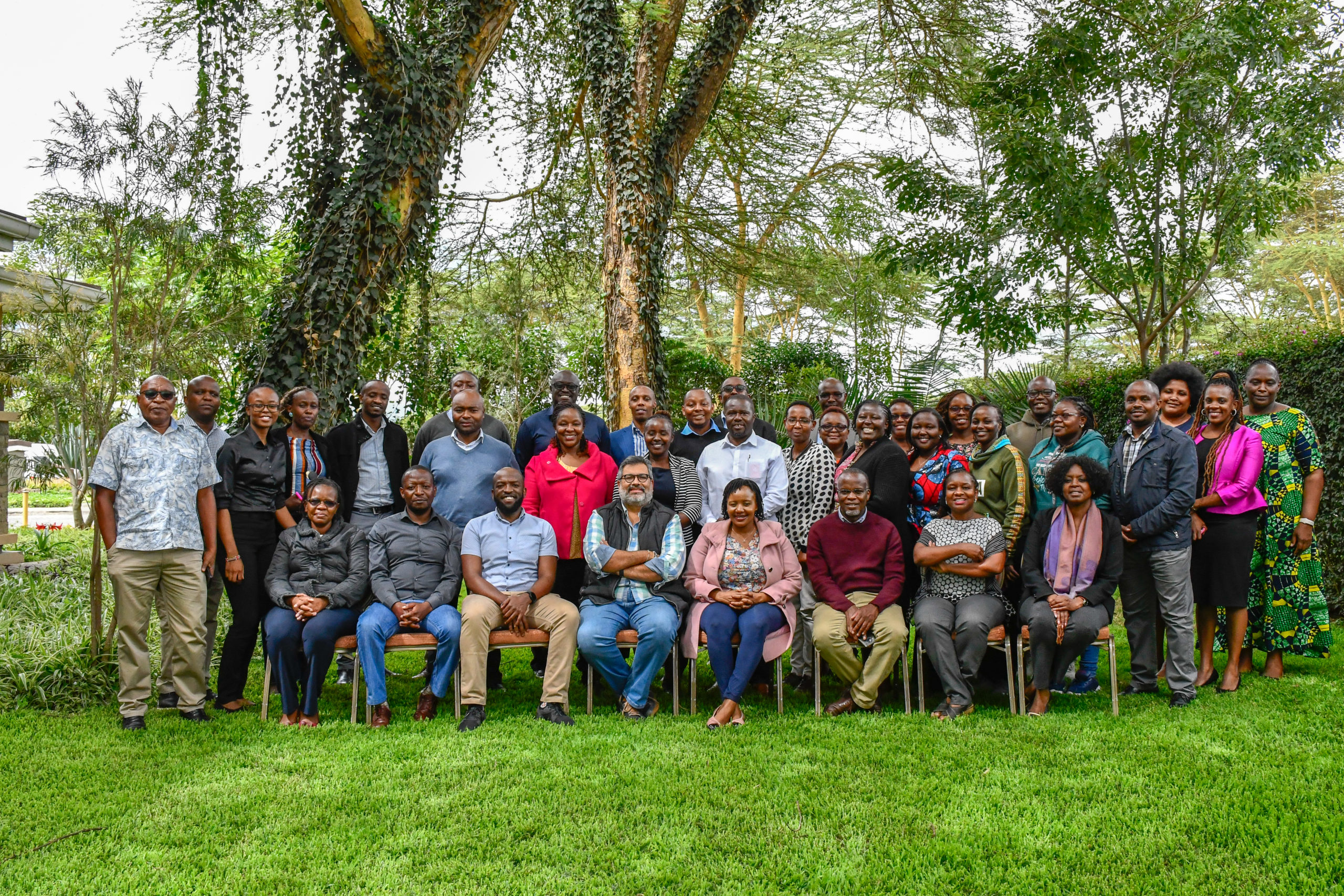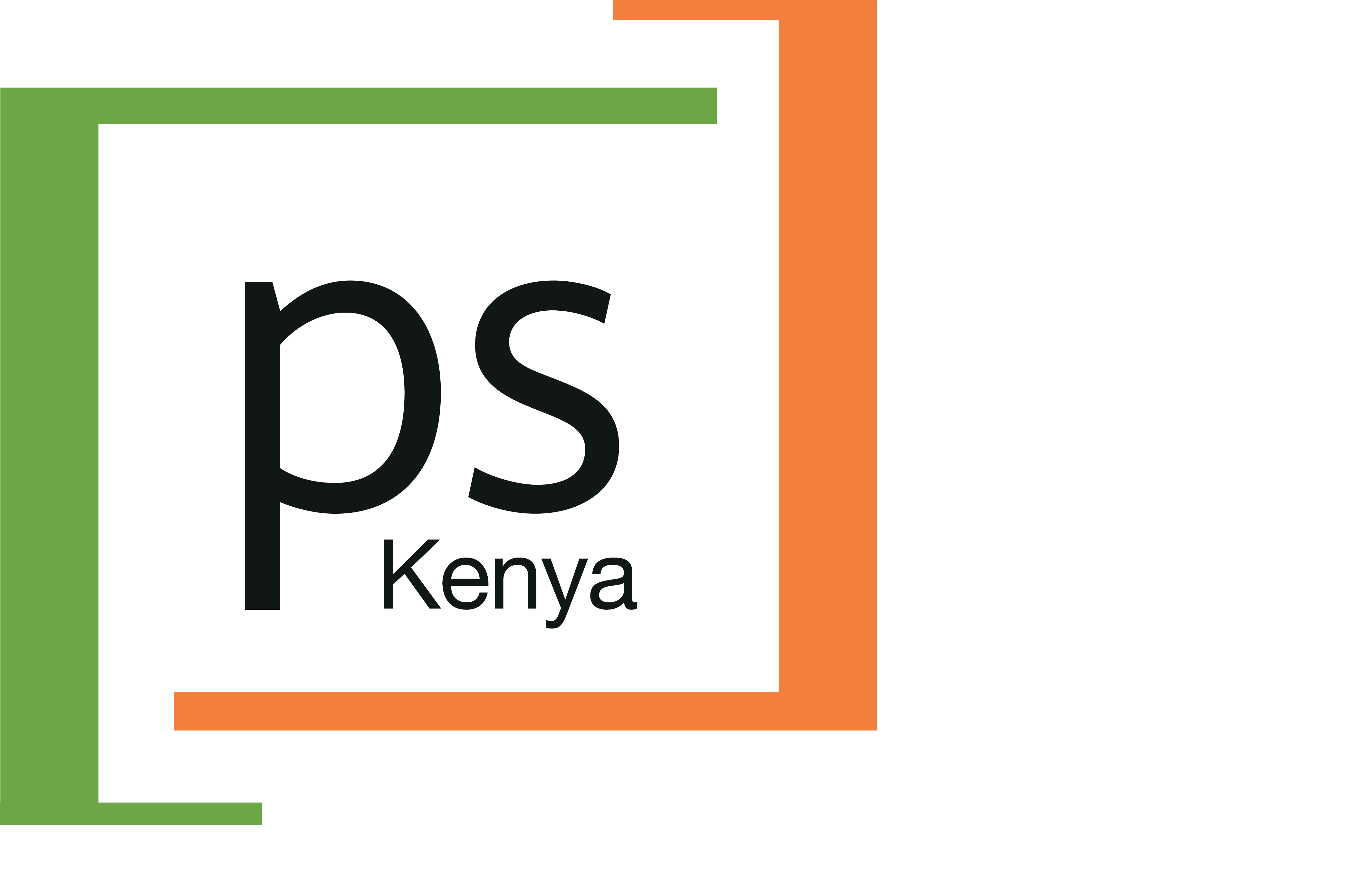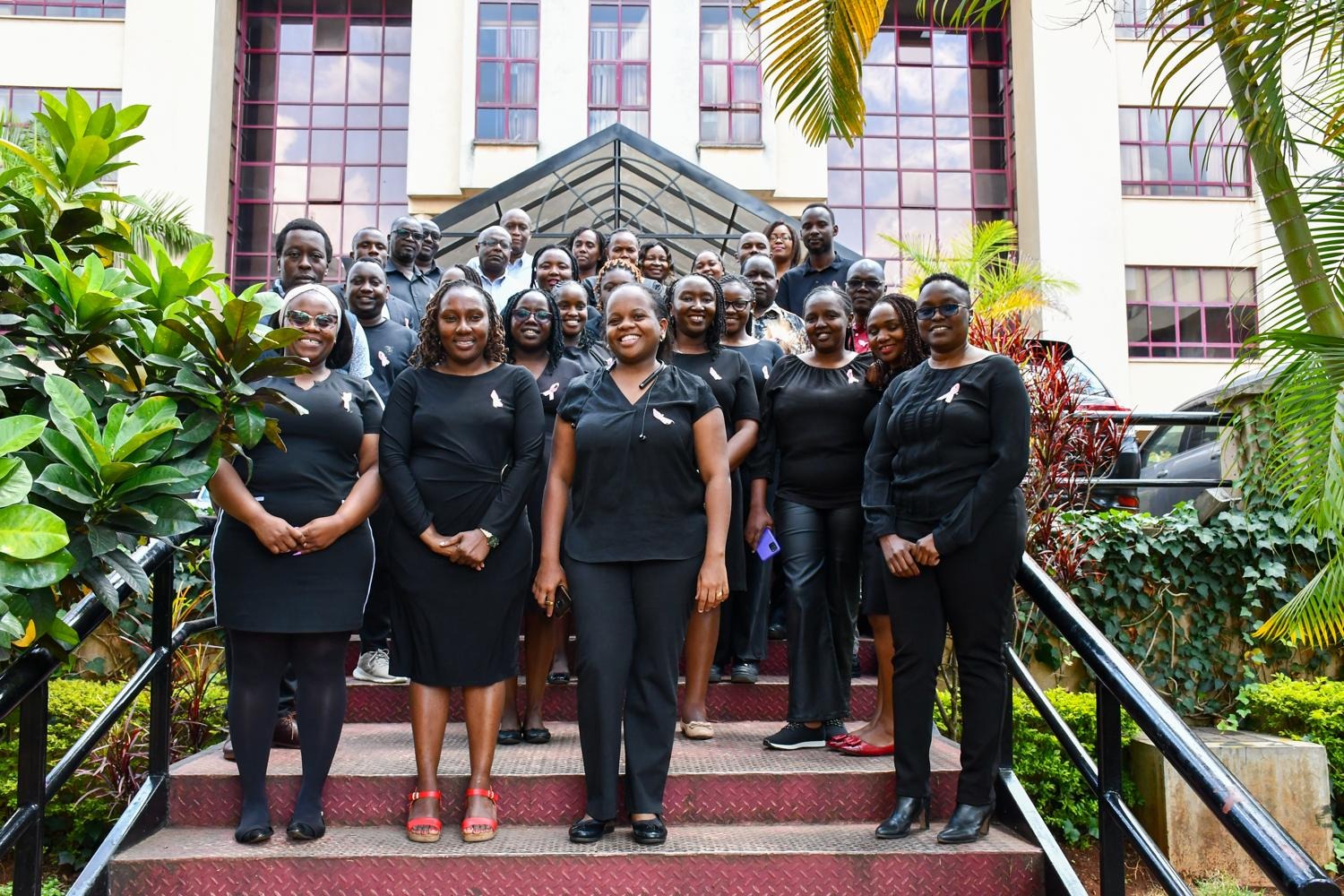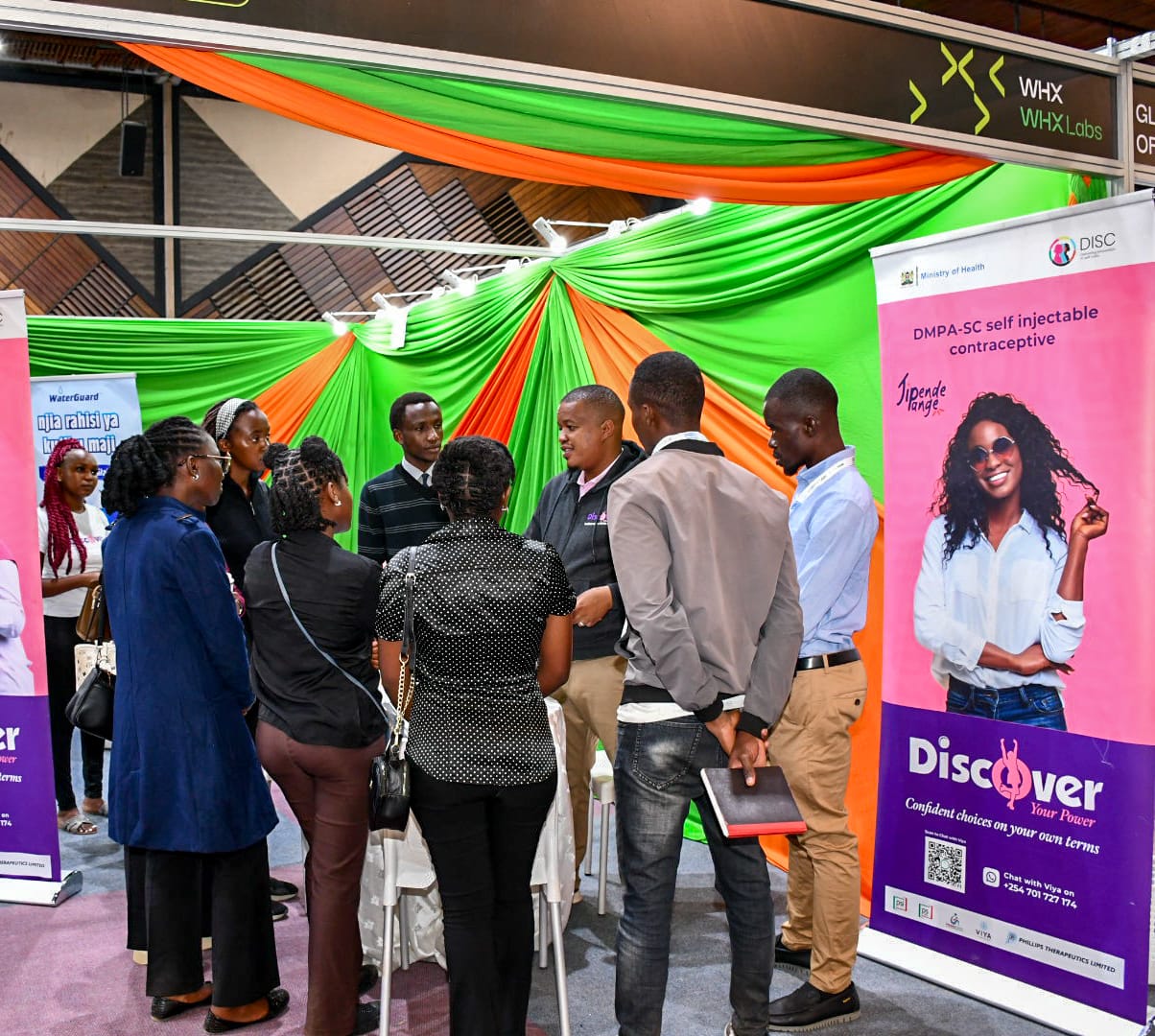
- The high import costs, driven by factors such as transportation, tariffs, and fluctuating exchange rates, have contributed to a situation where local products struggle to compete.
- Imported pharmaceuticals are often perceived as having higher quality compared to their locally manufactured counterparts.
- Local manufacturers often grapple with inadequate technology and infrastructure, affecting their capacity to produce cost-effective and high-quality drugs that can compete with imports.
- Stringent regulatory requirements pose obstacles for local manufacturers seeking to bring their products to market.



